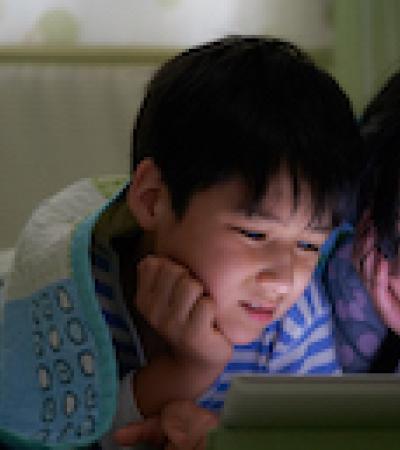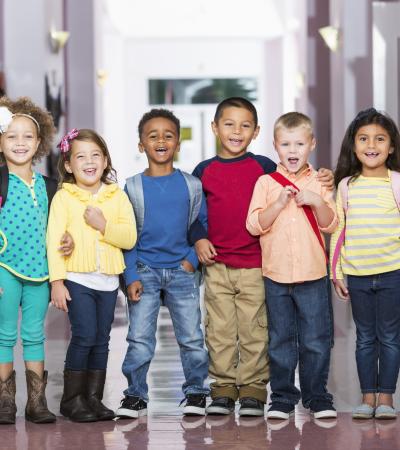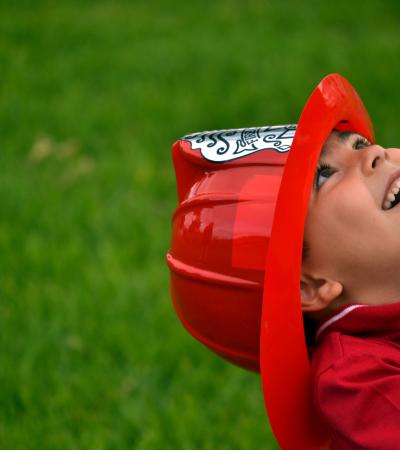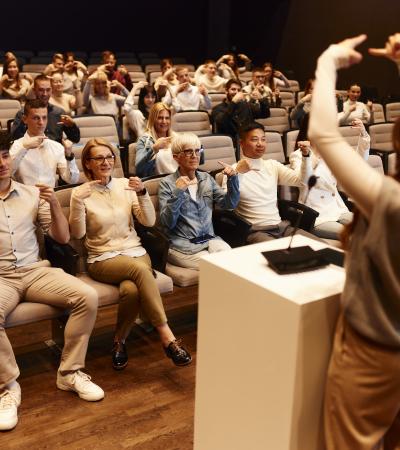See What I’m Saying was a children’s program that promoted reading, writing and public speaking skills in students in kindergarten through grade 5.
The program took place on Saturday mornings over a nine-week period at our county’s Civic Center (since the library doesn’t allow food). At each session, kids were invited select a book, read the book, write a brief report about it, and share their report out loud to a group.
The book reports were written based off a template we acquired from a local school teacher that had prompts for the kids to answer. Kids received small prizes to recognize their achievements.
Advanced Planning
Before we started this event, we had to go to the city council to tell them about our plans. They supported us by sharing our program amongst their neighborhoods and gave us permission to distribute our fliers. We also got in touch with a teacher from a local school and used her format for the book reports but changed it slightly to fit our needs.
Marketing
We distributed fliers to schools and neighborhood meeting places, like coffee shops and strip malls. We also included it in a monthly community service newsletter and posted on our library’s Facebook page and website.
Budgeting
Our $250 budget included books, supplies and food. The children returned the books at the end of the day. Children with library cards were encouraged to check out books from the library to continue reading at home.
Day-of-event Activity
We set up tables with books according to grade level, with toddlers at one table, grades 2 and 3 at another table, and grades 4 and 5 at a third table. It took about 45 minutes to set up, then the program began.
We also set up a “gift store” with small prizes, most valued between $1 and $5. Examples of gifts include board books, picture books, frisbees, goofy sun glasses, action figures, stuffed animals, toys, games, water bottles, pens and notepads. Most gifts were provided by our Friends group, and some were donated or purchased from donated funds.
Program Execution
Parents, children and volunteers showed up to the civic center to participate at 9 a.m. There was time designated to reading the book, making a snack, writing the report, and sharing what they wrote.
The first 30 minutes of the program was spent doing ice breakers, so everyone could get to know each other. Next, we set aside 30 minutes of reading time in groups, which were set by age and grade. This also included time to work on writing the book report and/or drawing images about their story. The next 45 minutes were dedicated to interactive conversation where students read their book reports or stories and shared their work. The final 30 minutes was spent sharing snacks and listening to music.
Participants could choose their own books. Students progressed through three “levels” of the program, based on their age, reading/writing ability and comfort level with public speaking. Level 1 was just to read the book; Level 2 was to read the book and write a report; and Level 3 was to read, write and then share your report verbally.
Parents were encouraged to accompany their kids, and volunteers attended each week to help supervise, (one adult per five children). Our mayor even got involved and attended a few events. We often had the older kids help mentor the younger kids if they finished an activity early or didn’t want to participate.
This program helped developed a sense of unity in our small-town community. It was overall a success with an average of 18 students showing up each week.
Advice
We find that the most important time to get involved with kids is between 6 and 11 years old — and then you need to keep them involved. This type of involvement can help further education and build trust.




